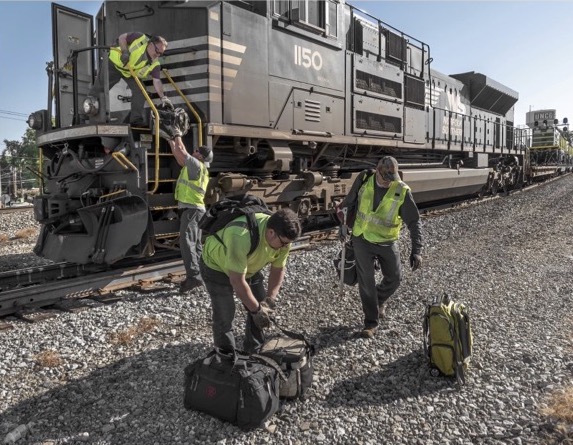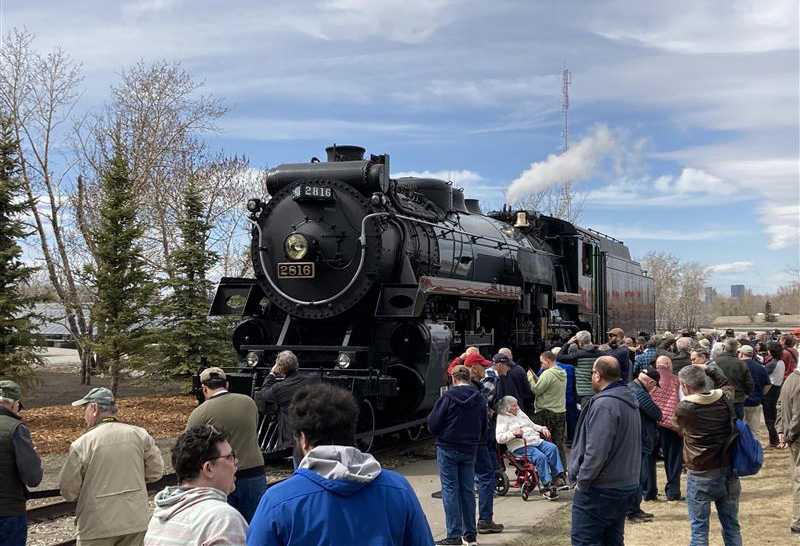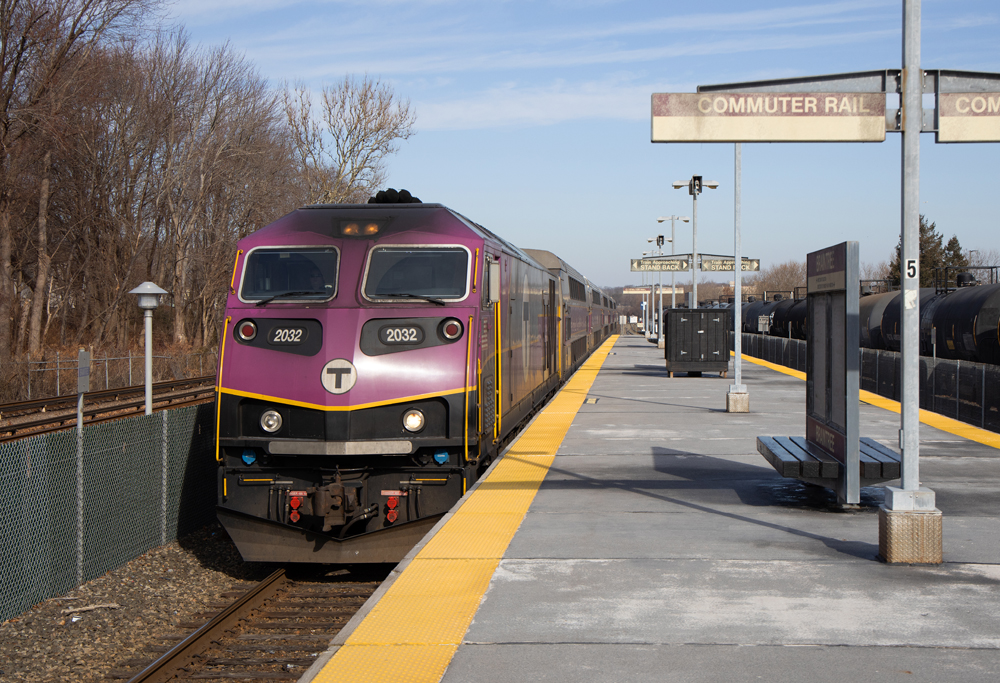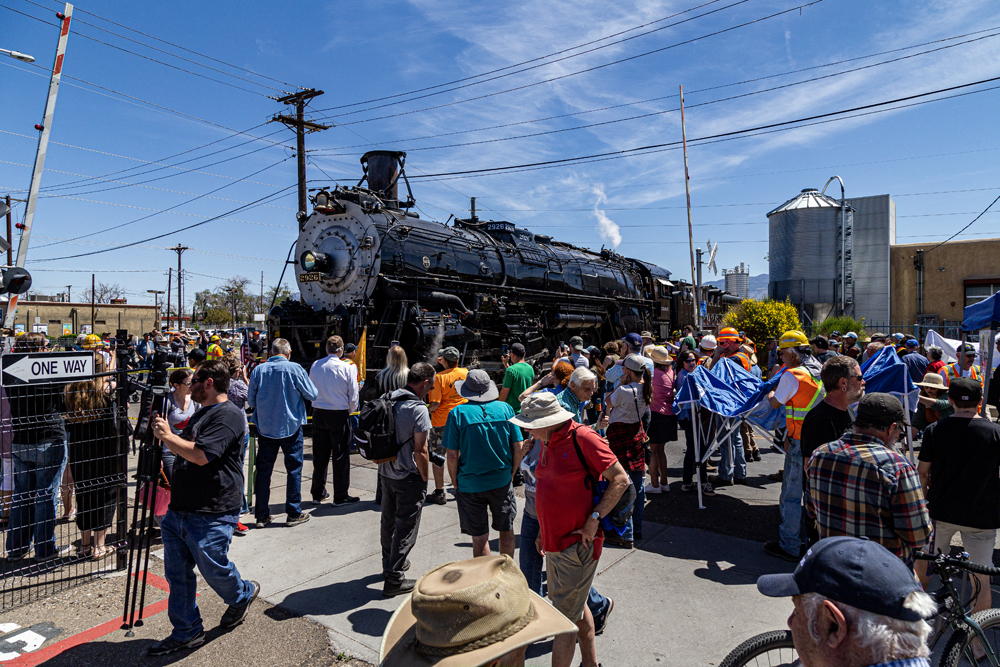Dollar figures for the coming year’s capital spending are often absent at the NRC Conference, because railroads typically don’t announce those budgets until late January or early February. Still, the Class Is have historically offered the rail contractors’ group fairly concrete figures on such basics as rail and tie replacement, as well a preview of major projects on the agenda.
It’s been different this year. Of the four Class I railroads to present so far, only two — Union Pacific on Monday and Canadian National on Tuesday — offered those sort of rail-and-tie specifics, and far fewer details have been offered on major 2020 projects, particularly those addressing capacity increases. It was one of Tuesday’s presenters, Craig Rasmussen, BNSF assistant vice president, engineering services and structures, who may well have voiced the reason: the uncertainty the industry faces, as indicated by the downward trend in traffic in 2019 and other outside factors.
Rasmussen referred to an industry publication’s article about “strong headwinds,” and said, “That’s a great word. It ties up a bunch of stuff together. We all know what headwinds are, and the question is: How strong is it going to be? How much do we see it changing in 2020. And to be very candid, I don’t know. And to be very blunt, neither do you.
“It’s a situation where we’re going to have to be agile to what the year brings us, and from a setting up our strategy standpoint, is making sure we can meet what that demand is, because we do see headwinds. … How strong those headwinds are is going to dictate what our 2020 looks like.”
Tuesday’s other Class I presenter, CN’s Jim McLeod, chief engineer — structures, design and construction, offered his own note on the lack of specifics. “Between our legal team and our public relations team, there’s a lot of my presentation on the cutting-room floor,” he said. “… I think it’s partially timing; we have our board meeting at the end of January, they determine and settle on budgets and the like. I don’t think anybody wants to get that information out and too public in advance.”
McLeod actually asked that those in attendance not take a picture of a slide showing planned capacity projects in 2020 — though they offered minimal details beyond a focus on routes serving the ports of Vancouver and Prince Rupert, British Columbia.
A number of factors may well be at work. The combination of a burst of recent capacity projects and the traffic downturn may mean there’s simply less need for such capacity work in 2020. In an unsettled environment, railroads may be looking to gather information and assess trends as long as possible before locking in their plans. And capital spending plans are often looked as an indicator of rail industry health and confidence. With the Class I railroads’ fourth-quarter earnings conference calls starting soon — CSX kicks off those calls on Jan. 16, with the other Class Is reporting during the rest of the month — the railroads may well prefer to release that information in the context of their broader look at finances.
As for details from the CN and BNSF presentations:
— McLeod said CN expected to replace 482 miles of rail in 2020, down slightly from 488 in 2019, while increasing tie replacement from 1.564 million to 1.855 million, while keeping its basic infrastructure budget in the area of 2019’s $1.5 billion.
He highlighted a few key bridge projects, two of which were delayed in 2019: continued replacement of the 2.2-mile Bonnet Carre Spillway-McComb Bridge in Louisiana, slowed by two openings of the spillway totaling 122 days, and work on the St. Charles Air Line in downtown Chicago, delayed by the permitting process and to negotiate agreements which also involve BNSF, Metra, UP, and Amtrak. Other major bridge projects are the Yale-Fraser River bridge in British Columbia, and the Mile 90.3 Aberdeen bridge in Saskatchewan.
— Rasmussen offered an update on the bridge over the Missouri River at Bismarck, N.D., he had featured at the 2019 NRC conference, noting that another year had passed with no progress on replacing the structure built in1905 on piers from a bridge built in 1882. “One of the biggest challenges we continue to face is certainty of what permitting gets to us. I don’t think I’m asking for something special to replace the bridge. … This complexity of permitting is outpacing our ability to make reasonable investments.”
As had Monday’s presenters from UP and Norfolk Southern, Rasmussen highlighted addressed the major issues BNSF faced with flooding in the Midwest. In this case, it was on BNSF’s Napier Subdivision, where 77 miles of right-of-way was shut down for 16 weeks by extensive flood damage. R.J. Corman’s work on restoring that route earned the NRC’s Large Project of the Year award for 2019, to be honored on Wednesday.
“This is a huge deal,” Rasmussen said. “Please accept my personal thanks for folks that were involved in that. Restoring service to our customers is what this is all about. And most importantly, this was all done injury free.”
BNSF is still working to complete some of the major capacity projects begun in 2019, including double-tracking at Sandpoint, Idaho, on the Emporia (Kans.) Sub, and the Fort Worth (Texas) Sub; building of a fourth main at Winslow, Ariz.; extension of the Ash Fork (Ariz.) siding; centralized traffic control and three sidings on the Madill Sub in Texas, and work at the Alliance Intermodal Facility in Texas.













